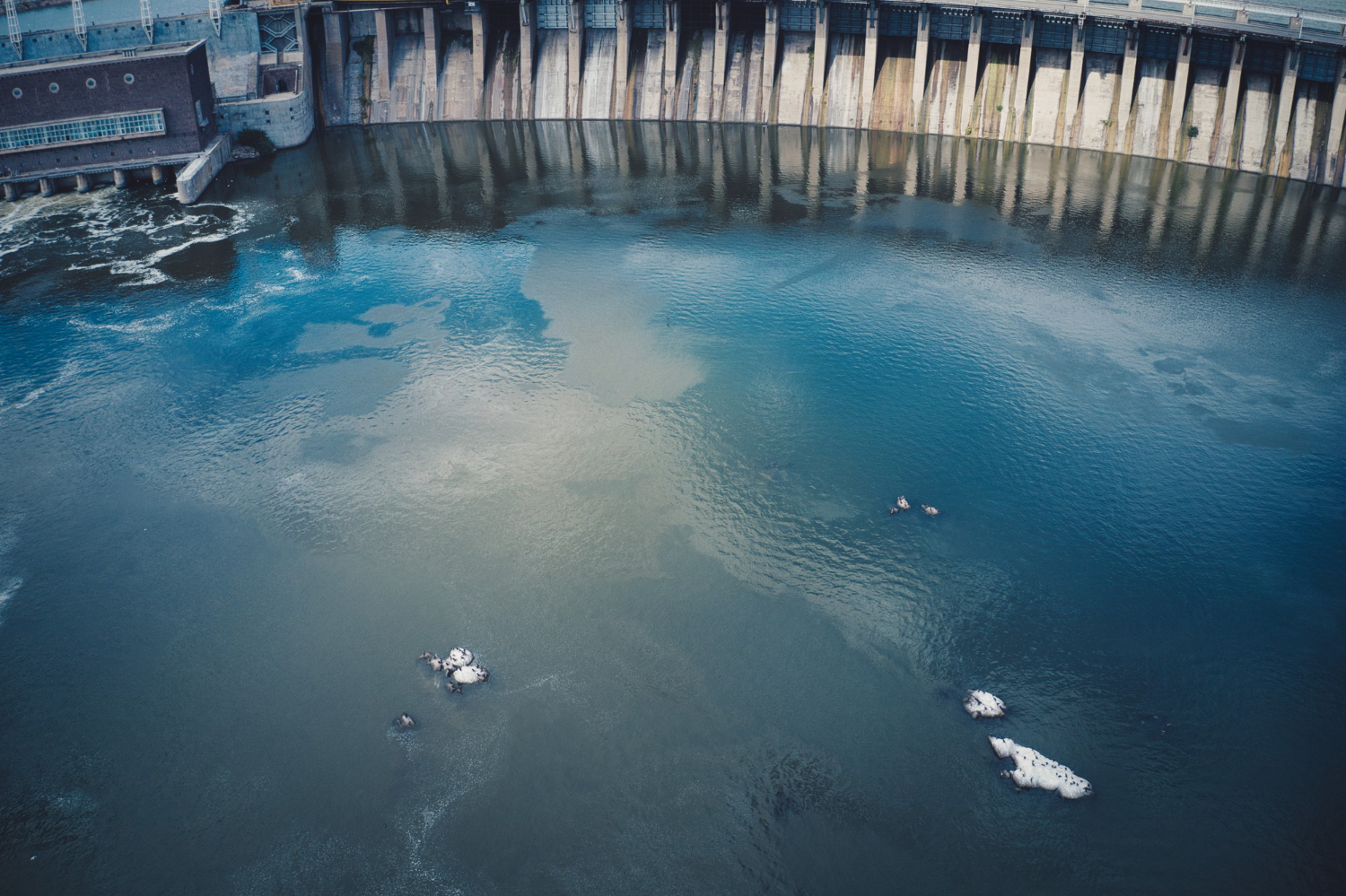การประกันชั้น 3 เป็นรูปแบบหนึ่งของประกันภัยที่มักจะมีความคุ้มครองที่แข็งแรงและครอบคลุมมากกว่าประกันชั้นที่ต่ำกว่า เช่น ประกันภัยชั้น 1 หรือ 2 ซึ่งมักมีเงื่อนไขการคุ้มครองที่มากยิ่งขึ้น โดยปกติแล้ว ประกันภัยชั้น 3 มักจะครอบคลุมความเสียหายที่เกิดขึ้นกับรถยนต์ของคุณจากอุบัติเหตุทุกประเภท รวมถึงความเสียหายจากการชนกันด้วย ประกันภัยชั้น 3 เป็นระดับสูงสุดของประกันภัยรถยนต์ที่มีความคุ้มครองและบริการที่ครอบคลุมมากที่สุดในการปกป้องรถของคุณ โดยทั่วไปแล้ว ประกันภัยชั้น 3 มักมีความคุ้มครองที่ครอบคลุมทุกประเภทของความเสียหายที่เกิดขึ้นกับรถยนต์ของคุณ รวมถึงความคุ้มครองทรัพย์สินของคุณและบุคคลอื่น ประกันชั้น 3 เป็นรูปแบบหนึ่งของประกันภัยที่มักจะมีความคุ้มครองที่แข็งแรงและครอบคลุมมากกว่าประกันชั้นที่ต่ำกว่า การคุ้มครองและสิทธิประโยชน์ของประกันภัยชั้น 3 ความคุ้มครองกว้างขึ้น ประกันภัยชั้น 3

ผลกระทบของคุณภาพน้ำต่อสุขภาพ: การเข้าใจความสำคัญและวิธีการดูแลผลกระทบของคุณภาพน้ำต่อสุขภาพ: การเข้าใจความสำคัญและวิธีการดูแล
การดูแลสุขภาพทั้งร่างกายและจิตใจเป็นสิ่งที่มีความสำคัญอย่างยิ่งในชีวิตประจำวันของเรา อาหารที่เราบริโภคและการออกกำลังกายมักถูกให้ความสำคัญมากมาย แต่บางครั้งเราอาจละเลยความสำคัญของน้ำที่เราดื่มทุกวันไป ในบทความนี้ เราจะสำรวจและวิเคราะห์ผลกระทบของคุณภาพน้ำต่อสุขภาพของเรา และวิธีการดูแลเพื่อรักษาสุขภาพที่ดีที่สุด 1.คุณภาพน้ำและการรักษาสุขภาพ การดื่มน้ำเป็นสิ่งที่ไม่สามารถหลีกเลี่ยงได้ในชีวิตประจำวัน คุณภาพของน้ำที่เราดื่มมีผลต่อสุขภาพของเราอย่างมีนัยสำคัญ น้ำที่มีคุณภาพดีมักมีความบริสุทธิ์สูงและปราศจากสารหรือสารพิษที่อาจกระทบต่อร่างกาย 2.ผลกระทบของน้ำต่อระบบทางเดินอาหาร น้ำมีบทบาทสำคัญในการช่วยล้างของสารพิษที่เกิดจากอาหารที่เราบริโภคทุกวัน การดื่มน้ำเพียงพอสามารถช่วยในกระบวนการย่อยอาหารและดูดซึมสารอาหารได้อย่างมีประสิทธิภาพ 3.ผลกระทบต่อระบบไต น้ำมีบทบาทสำคัญในการช่วยลดภาระงานของไตในการตัดสินใจในการขับถ่ายของสารพิษที่ไม่จำเป็นออกจากร่างกาย การดื่มน้ำมากเพียงพอสามารถป้องกันการเกิดโรคไตและรักษาสุขภาพของระบบไตได้ 4.ความสำคัญของการดื่มน้ำสะอาด น้ำที่มีคุณภาพต้องมีความสะอาดและปลอดจากสารพิษที่อาจก่อให้เกิดโรคต่าง ๆ การดื่มน้ำสะอาดสามารถป้องกันการติดเชื้อจากน้ำและรักษาสุขภาพทั้งร่างกายและจิตใจ ในทวีปของการดูแลสุขภาพที่ทุกรายการต้องการการดูแลทั้งด้านอาหารและการออกกำลังกาย คุณภาพของน้ำที่เราดื่มมีผลต่อสุขภาพของเราไม่น้อยนิด การรักษาความสะอาดและคุณภาพของน้ำมีบทบาทสำคัญในการป้องกันโรคต่าง ๆ และรักษาสุขภาพทั้งร่างกายและจิตใจ การเข้าใจผลกระทบของคุณภาพน้ำต่อสุขภาพเป็นสิ่งสำคัญที่ช่วยให้เรามีการดูแลสุขภาพที่เป็นระบบและครอบคลุมทั้งร่างกายและจิตใจ เพื่อความเป็นอยู่ที่ดีที่สุด เราควรให้ความสำคัญกับการดื่มน้ำมีคุณภาพสูงและสะอาด พร้อมทั้งรักษาพฤติกรรมการดื่มน้ำในปริมาณที่เพียงพอเพื่อรักษาสุขภาพของเราในระยะยาว

ผลกระทบจากการปล่อยน้ำเสียจากอุตสาหกรรมต่อระบบนิเวศน์ทางน้ำผลกระทบจากการปล่อยน้ำเสียจากอุตสาหกรรมต่อระบบนิเวศน์ทางน้ำ
การปล่อยน้ำเสียจากอุตสาหกรรมเป็นหนึ่งในปัญหาสิ่งแวดล้อมที่สำคัญที่มีผลกระทบต่อระบบนิเวศน์ทางน้ำอย่างมากในปัจจุบัน น้ำเสียที่มีสารพิษและส่วนผสมต่าง ๆ อาจทำให้เกิดปัญหาต่าง ๆ ในระบบนิเวศน์ทางน้ำ เช่น การเสื่อมเสียระบบน้ำในท้องถิ่น การลดคุณค่าของนิเวศน์ทางน้ำ และผลกระทบต่อสิ่งมีชีวิตในน้ำ การศึกษาผลกระทบจากการปล่อยน้ำเสียจากอุตสาหกรรมต่อระบบนิเวศน์ทางน้ำเป็นสิ่งสำคัญที่จะต้องพิจารณาอย่างละเอียด เพื่อหาแนวทางแก้ไขและป้องกันปัญหาที่เกิดขึ้นในอนาคต ผลกระทบต่อคุณค่าของนิเวศน์ทางน้ำ การปล่อยน้ำเสียจากอุตสาหกรรมส่งผลต่อคุณค่าของนิเวศน์ทางน้ำอย่างมาก เนื่องจากน้ำเสียมักจะประกอบด้วยสารที่เป็นพิษต่อสิ่งมีชีวิต และอาจทำให้นิเวศน์ทางน้ำสูญเสียความหลากหลายทางชีวภาพได้ นอกจากนี้ การปล่อยน้ำเสียยังส่งผลต่อการใช้ประโยชน์ของนิเวศน์ทางน้ำในการเลี้ยงสัตว์น้ำและพืชน้ำ ซึ่งอาจมีผลกระทบต่อเศรษฐกิจและความเจริญของพื้นที่ในระยะยาว การเสื่อมเสียระบบน้ำในท้องถิ่น น้ำเสียจากอุตสาหกรรมอาจทำให้เกิดการเสื่อมเสียในระบบน้ำในท้องถิ่น เช่น การสะสมของสารพิษในน้ำที่สามารถทำลายโครงสร้างของระบบน้ำได้ การสะสมของตะกอนและสารตกค้างที่สามารถกัดเซลล์ของท่อน้ำ และการลดคุณภาพของน้ำที่ใช้ในการเกษตรและอุตสาหกรรม ซึ่งส่งผลต่อการใช้น้ำในท้องถิ่นในอนาคต ผลกระทบต่อสิ่งมีชีวิตในน้ำ การปล่อยน้ำเสียจากอุตสาหกรรมส่งผลต่อสิ่งมีชีวิตในน้ำอย่างมาก เนื่องจากสารพิษในน้ำเสียอาจทำให้เกิดความเสียหายต่อสิ่งมีชีวิตที่อาศัยอยู่ในน้ำ อาทิ

ดัชนีคุณภาพอากาศ (AQI): เข้าใจและดูแลมลพิษทางอากาศดัชนีคุณภาพอากาศ (AQI): เข้าใจและดูแลมลพิษทางอากาศ
คุณภาพอากาศมีผลกระทบต่อสุขภาพของมนุษย์และสิ่งแวดล้อมอย่างมีนัยสำคัญ ดัชนีคุณภาพอากาศหรือ AQI (Air Quality Index) เป็นเครื่องมือที่ใช้วัดและบอกความสะอาดหรือมลพิษทางอากาศที่มีในบริเวณใด ๆ ในระยะเวลาที่กำหนด การเข้าใจและดูแลรักษา AQI เป็นสิ่งสำคัญเพื่อปรับปรุงคุณภาพชีวิตและสิ่งแวดล้อมที่เราอยู่ในนั้น Understanding AQI (เข้าใจ AQI) AQI เป็นตัวชี้วัดที่ถูกพัฒนาขึ้นเพื่อทำให้คนทั่วไปสามารถเข้าใจระดับคุณภาพอากาศได้โดยง่าย โดย AQI มีการแปลผลเป็นช่วงต่าง ๆ ที่บอกถึงระดับความเสี่ยงต่อสุขภาพของมนุษย์ ตั้งแต่ “ดี” ถึง “อันตราย” ซึ่งช่วยให้ประชาชนเข้าใจผลของมลพิษทางอากาศในพื้นที่ของตนได้ง่ายขึ้น Factors Influencing

